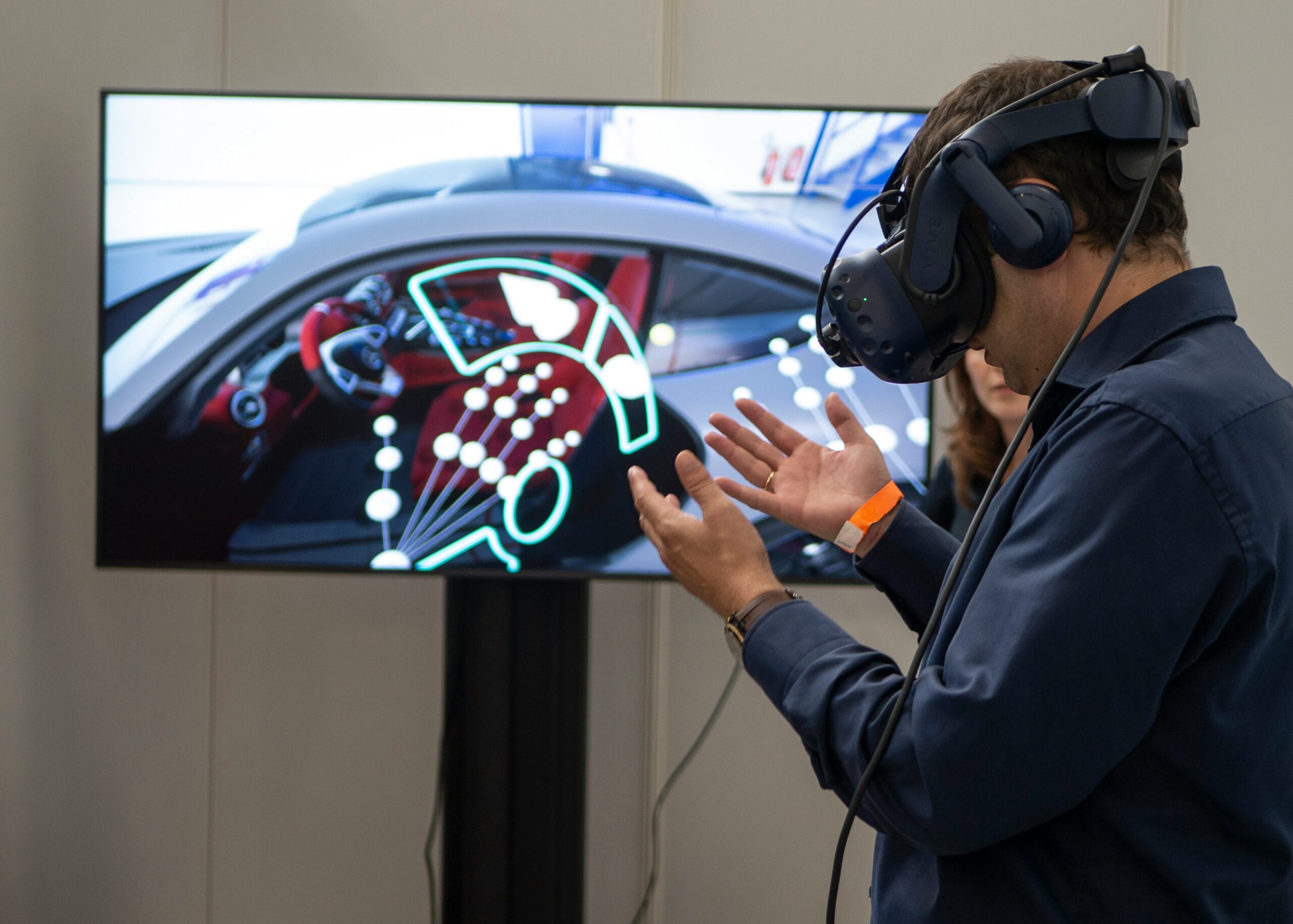

Introduction to Virtual Reality and Its Impact on Gaming
Imagine stepping into a world where the boundaries of reality fade away, and you’re immersed in experiences that were once limited to your wildest dreams. This is the magic of virtual reality (VR), a technology that’s transforming the way we play games and interact with digital content. Gone are the days when gaming was just about sitting on your couch with a controller in hand. Now, players can dive headfirst into fantastical realms, confronting challenges face-to-face or teaming up with friends as if they were right there beside them.
The impact of VR on gaming goes beyond mere escapism; it’s reshaping social interactions and pushing creative boundaries. As developers push technological limits, gamers find themselves exploring narratives that feel deeply personal and engaging like never before. With each passing year, VR continues to redefine what it means to have fun in this ever-evolving landscape of entertainment—creating not just players but whole new worlds waiting to be discovered.
The Technological Advancements of VR in Gaming
The world of gaming has transformed dramatically with the advent of virtual reality technology. Cutting-edge headsets like the Oculus Rift and HTC Vive have revolutionized immersion. Gamers can step into breathtaking landscapes, feeling as if they truly inhabit these digital realms.
Motion tracking technology enhances this experience further. Players can physically move within a space, raising their arms or ducking to dodge virtual obstacles. This level of interactivity creates an unparalleled sense of presence.
Graphics have also seen remarkable improvements. High-definition visuals breathe life into characters and environments, making them feel almost tangible. Coupled with spatial audio, gamers are enveloped in soundscapes that add depth to every adventure.
As hardware continues to evolve, developers are pushing boundaries even more. Innovations such as haptic feedback devices let players literally feel their actions within a game—an exciting leap forward for engagement and realism in gaming experiences.
The Evolution of Storytelling through VR Gaming
Storytelling in gaming has transformed dramatically with the advent of virtual reality. Gamers are no longer passive observers; they become part of the narrative.
In VR, players step into immersive worlds where their choices shape outcomes. This interactivity deepens emotional connections and elevates engagement levels. Characters feel more real when you can look them in the eye, hear their breathing, or even touch them.
Writers now craft stories that adapt to player actions. The linear progression typical of traditional games is being replaced by branching narratives filled with possibilities.
Moreover, environmental storytelling plays a crucial role in VR experiences. Every detail—from lighting to ambient sounds—enhances immersion and pulls players deeper into the story’s fabric.
As technology advances, expect even richer narratives that blend gameplay mechanics seamlessly with storytelling elements. Each new release promises unique adventures waiting to be discovered through a player’s perspective.
The Rise of eSports in the Virtual Reality World
The world of eSports is rapidly evolving, and virtual reality is at the forefront of this transformation. Gamers are no longer just spectators; they’re immersed in interactive environments that enhance competition.
VR introduces a whole new layer to gaming tournaments. Players feel as if they’re truly inside the game, facing opponents in lifelike arenas. This immersive experience adds excitement for both competitors and viewers alike.
Events now showcase not only traditional gaming but also thrilling VR competitions. Huge audiences gather online to watch their favorite teams battle it out in stunning virtual landscapes.
Developers are investing heavily in creating games tailored for VR esports, knowing this medium can attract diverse fan bases. As technology advances, we can expect even more innovative gameplay and community interaction within this vibrant scene.
With professional leagues forming around popular titles, the future of eSports appears bright within the realm of virtual reality.
Potential Challenges and Limitations of VR Gaming
Virtual reality gaming certainly offers thrilling experiences, but it comes with its own set of challenges. One significant issue is the cost barrier. High-quality VR headsets and powerful computers can be prohibitively expensive for many gamers.
Motion sickness is another hurdle that players often face. The disconnection between what the eyes see and what the body feels can lead to nausea, making extended play sessions uncomfortable.
Moreover, accessibility remains a concern. Not everyone can easily use VR equipment due to physical limitations or space constraints in their homes.
Also, there are social implications to consider. As more people immerse themselves in virtual worlds, there’s a risk of isolation from real-life interactions and relationships.
Developers must navigate technical limitations like battery life and graphics fidelity while creating immersive environments that meet user expectations.
The Future of Gaming: Virtual Reality as a Mainstream Entertainment Medium
As technology continues to advance, virtual reality is poised to transform the gaming landscape. The immersive experiences offered by VR headsets are becoming more sophisticated and accessible. This evolution allows players to engage in ways previously unimaginable.
Gaming companies are investing heavily in VR development. New titles are being released regularly, pushing the boundaries of what can be achieved within this medium. As hardware becomes more affordable, a broader audience will likely embrace these interactive experiences.
The emergence of social platforms within VR also contributes to its mainstream appeal. Players can connect with friends and strangers alike in shared environments, making gaming a community-oriented experience rather than just an isolated pastime.
With advancements in haptic feedback and motion tracking, future games will deliver even deeper immersion. Imagine feeling every impact or sensation as if you’re truly part of the game world—this level of realism could redefine entertainment altogether.
As we move forward, it’s clear that virtual reality is not just a passing trend but rather an integral part of how we enjoy leisure activities. The potential for new genres and innovative gameplay mechanics means that gamers have much to look forward to on this exciting journey into uncharted territory.
